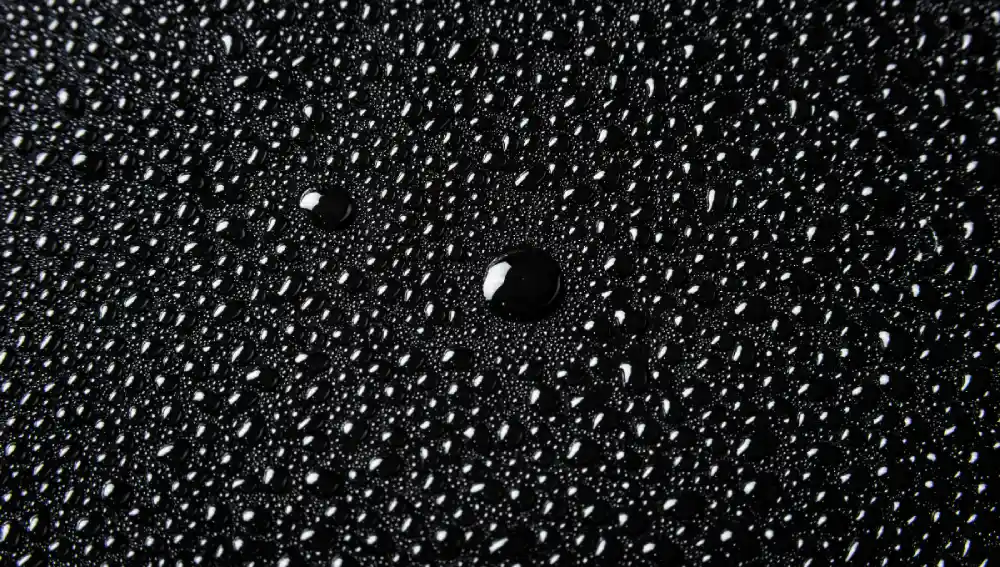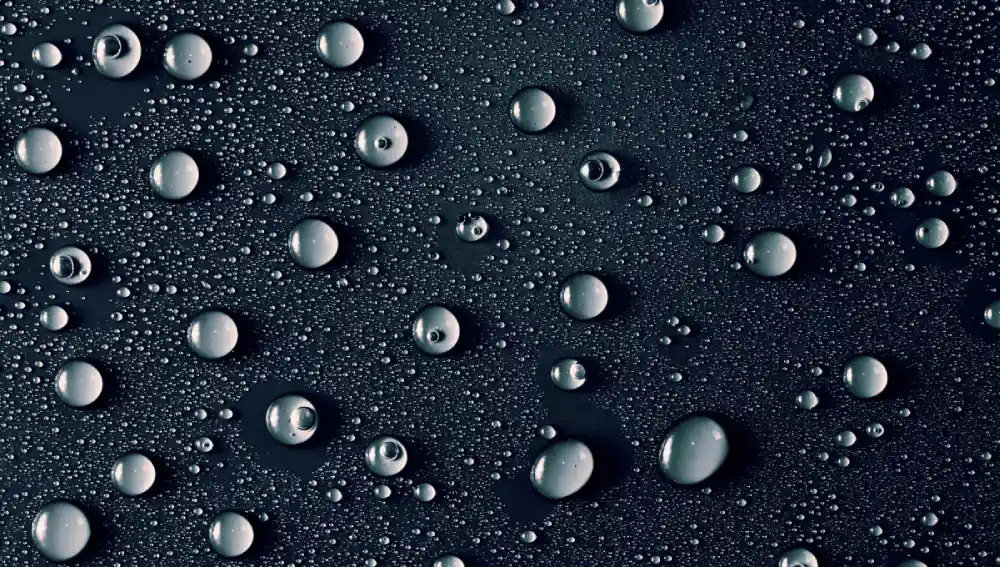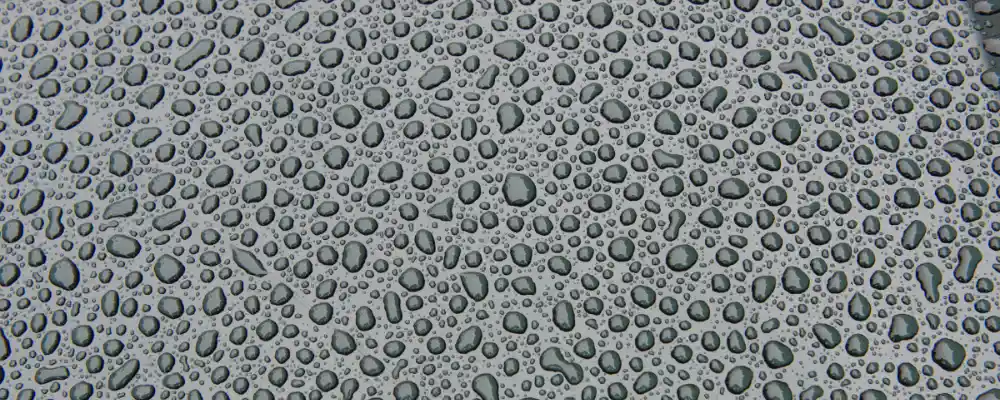Material selection is crucial when one wants to construct permanent structures. Hydrophobic cement is one such transformative substance that influences the way people undertake construction projects. Notable for its ability to repel water, it is beneficial in places where moisture can cause difficulties. Let’s look at the unique characteristics of hydrophobic cement and why it is invaluable for various construction requirements.
Understanding Hydrophobic Cement

Hydrophobic cement refers to a cement, which has been coated with special reagents which cause the cement to be water repellent. Imagine your concrete wearing a raincoat to prevent damage from rain. Such additives include the sterates which form a coat that surrounds the cement particles. This barrier assists in preventing water from penetrating the concrete and increasing its strength.
How Does It Work?
The fact that hydrophobic cement is water repellent makes it almost ideal for use in construction. When in its dry state the additives coat the cement particles so that water is locked out from doing its destructive work. This also has a function of protecting the concrete against moisture and therefore serves to increase it lifespan. Imagine a material that does not absorb water, allowing the liquid to run off; this is precisely what hydrophobic cement does for concrete.
Key Characteristics
- Water Resistance: Hydrophobic cement means that water is not able to stick to structures. Thus, it prevents the formation of bad structures, limits water absorption, and reduces damage from moisture exposure.
- Durability: This type of cement used prevents water ingress, thereby increasing the lifespan of buildings and structures.
- Workability: Some of the compounds put in the cement include those that facilitate the cement being managed more readily, resulting in a better surface.
- Efflorescence Resistance: It also reduces the incidence of efflorescence, which are those nasty white stains usually seen on concrete surfaces.
Why Choose Hydrophobic Cement?

Hydrophobic cement offers many perks, making it a good pick for builders and architects in rainy areas.
1. Top-notch Water Protection
One of the main reasons to use hydrophobic cement is that it effectively keeps water out. This matters a lot for structures that deal with rain, humidity, or groundwater, where regular concrete might struggle.
2. Long-lasting Performance
By preventing moisture from penetrating, hydrophobic cement helps buildings and structures stay intact longer. This reduces the need for repair and maintainance, which saves time and money.
3. Prevention of Surface Staining
Efflorescence often causes problems in regular concrete, but cement with water-repelling properties helps stop this by limiting absorption. This results in fewer stains on the surface and a cleaner look over time.
4. Better Energy Efficiency
Since water-repelling cement can boost thermal insulation, it can help keep indoor temperatures steady, which might cut down on the costs of heating and cooling.
5. Simple to Work With
Water-repelling cement is easier to mix, pour, and finish, making construction projects more efficient and less labor-intensive.
How Can You Apply Water-Repelling Cement?
This adaptable material has applications in many building projects where moisture resistance is crucial.
1. Basements and Foundations
These areas frequently receive water from the ground. Using water-repelling cement helps to protect basements and foundations from water damage, mold growth, and structural weakness.
2. Water Tanks and Reservoirs
For buildings meant to store water, such as tanks and reservoirs, water-repelling cement is a great pick. Its ability to repel water ensures the structure stays free from leaks and is reliable.
3. Bridges and Marine Structures
In tough spots like coastal areas or near bodies of water, bridges and sea structures can benefit from hydrophobic cement’s power to fight rust and decay from salty water and dampness.
4. Roofs and Cladding
You can apply water-repelling cement to roofs and walls to build a tough shield against leaks in places where it rains a lot.
5. Tunnels and Underground Projects
Preventing water ingress is crucial for tunnels and structures below ground to stop leaks. Water-repelling cement gives a strong fix by acting as a guard against wetness.
6. Retaining Walls
Retaining walls often experience pressure from soil and groundwater. Hydrophobic cement has an influence on its stability and durability by stopping water from getting in.
7. Walkways and Pavements
In rainy areas, pavements built with hydrophobic cement are less prone to cracking or wearing away, keeping their appearance and structural integrity for longer.
How to Use Hydrophobic Cement
To get the best results from hydrophobic cement, it’s crucial to stick to good practices when mixing and applying it.
1. Mix Design
Creating the right mix is vital to getting the properties you want. You need to strike a balance between the cement’s ability to repel water, its workability, and strength requirements.
2. Mixing Process
Good mixing has an impact on the uniform distribution of water-repellent additives in the cement. This keeps the cement consistent and helps it work as expected.
3. Curing and Finishing
Curing is crucial to getting the most out of water-repellent cement. Giving enough time to cure makes sure the cement gets its full strength and ability to repel water. Finishing should focus on making a smooth surface to improve how the concrete looks and works.
Quality Control and Testing
To ensure water-repellent cement is high-quality and effective, we need to run a series of tests and quality checks.
1. Water Penetration Testing
Checking water resistance helps prove the cement meets its water-repellent claims. This matters to confirm it fits well in places with lots of moisture.
2. Strength Testing
You need to test the strength regularly to make sure the cement can handle what it’s used for. These tests track how well the cement holds up as time passes.
3. Durability Testing
Looking at how the cement lasts in different conditions, like freezing and thawing or exposure to sulfates, helps predict how it will do long-term in tough spots.
Considerations and Challenges
While water-resistant cement has many good points, you should think about some issues:
1. Cost Considerations
Hydrophobic additives may increase the initial cost of cement, but the long-term savings on maintenance and repairs often offset the higher upfront investment.
2. Compatibility Issues
It’s key to check that hydrophobic additives are compatible with other materials and mixtures used in construction. Testing can identify any potential issues.
3. Effect on Strength
While hydrophobic cement stays strong, you need to pay close attention to how it’s mixed and cured to get the best results.
4. Environmental Impact
The manufacture and usage of hydrophobic cement should take nature into account. Green methods can help lower the harm to the environment from building projects that use this material.
Conclusion
Hydrophobic cement proves useful in construction, as it boosts resistance to moisture, lasts longer, and saves energy. This cement helps shield buildings from water damage when used in foundations, water tanks, structures in the sea, or roads. Hydrographic cement and Hydrophobic cement share similar properties and contain portland cement, It makes structures last longer and work better. Builders and engineers who know how to use hydrophobic cement well can create buildings that last even in challenging environments.
In the end, hydrophobic cement is a wise choice for making buildings last and stay strong. It offers immediate benefits and long-term advantages, making it a good pick for many different uses.

